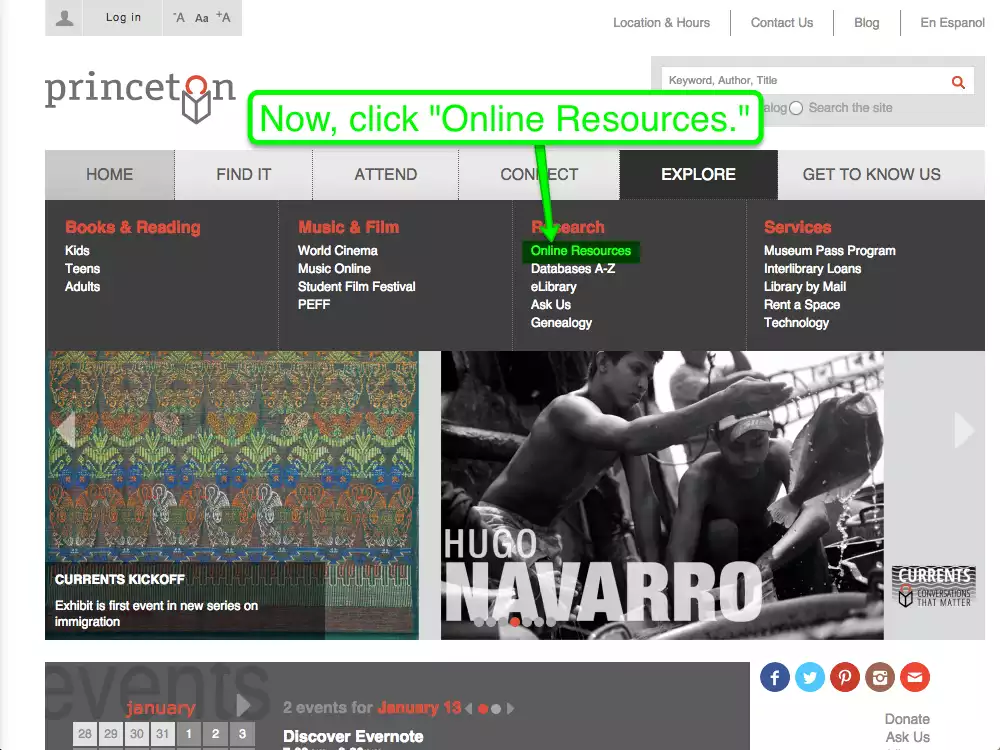
The library has access to so many databases that it can be hard to start using even one. In this series I’d like to introduce a few of the popular and interesting databases to which the library subscribes. To begin, I’ll show you my own personal favorite, the historical research database, JSTOR.
JSTOR was created to make it easier to find articles from the hundreds of journals that had sprung up at the end of the 20th century. The founder, William G. Bowen, was a former president of Princeton University. It began in 1995 with only a few journals; today, it draws from over 1,900. Along with digital journal articles, it has over 15,000 books and primary source documents.
With JSTOR, you can further your research on any number of topics, from the American Revolutionary War to modern Slavic studies, and often on topics too obscure and specific for books held in our own collection. Some such titles include:
Paul Revere’s Last Ride: The Road to Rolling Copper: A piece on Paul Revere’s day-time job as a metal-smith. (Summer, 2000)
Of Refrains and Rhythms in Contemporary Damascus: Urban Space and Christian-Muslim Coexistence: Researches how cities’ religious populations interact in the modern world. (December, 2014)
Not yet confident doing research online? JSTOR offers a short, self-paced course in online research through open-source site Moodle, accessible here.
To access JSTOR:





Would you like to learn more? Ask a librarian!
Please note that access to JSTOR is currently limited to in-library use.
All information in this page was retrieved from jstor.org.
